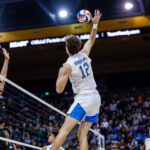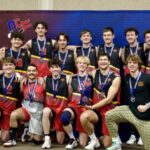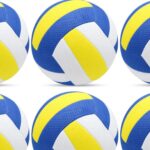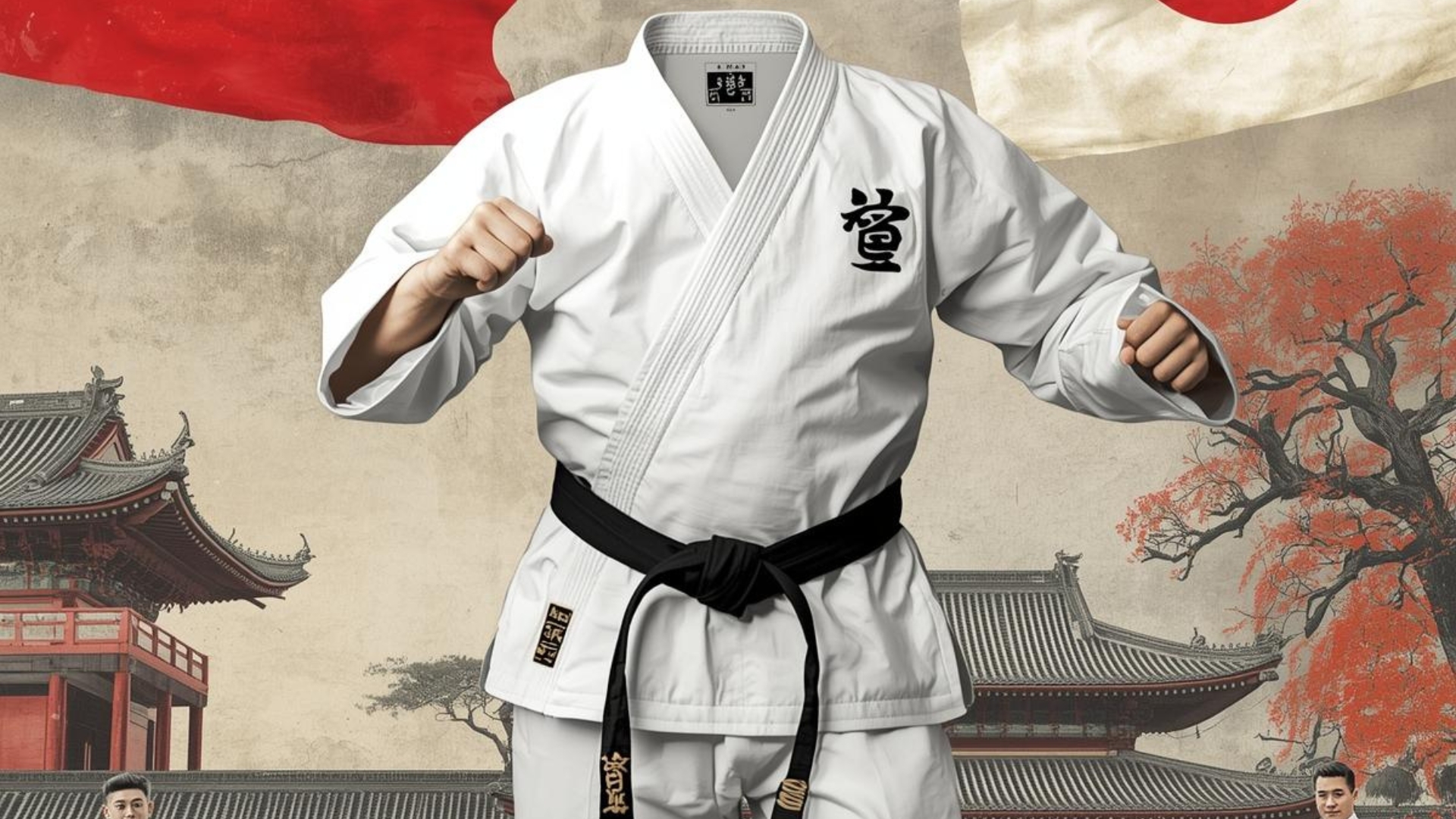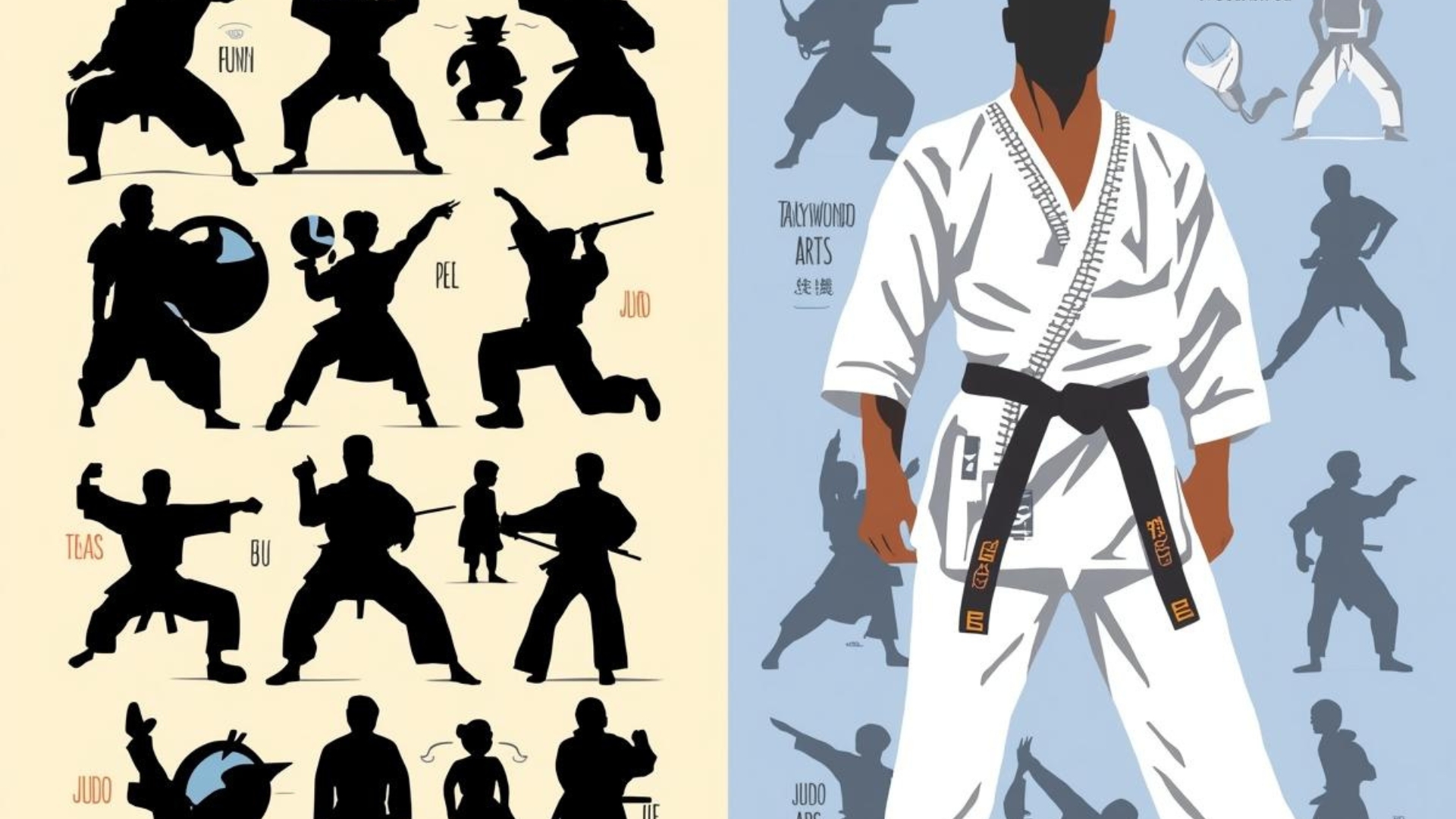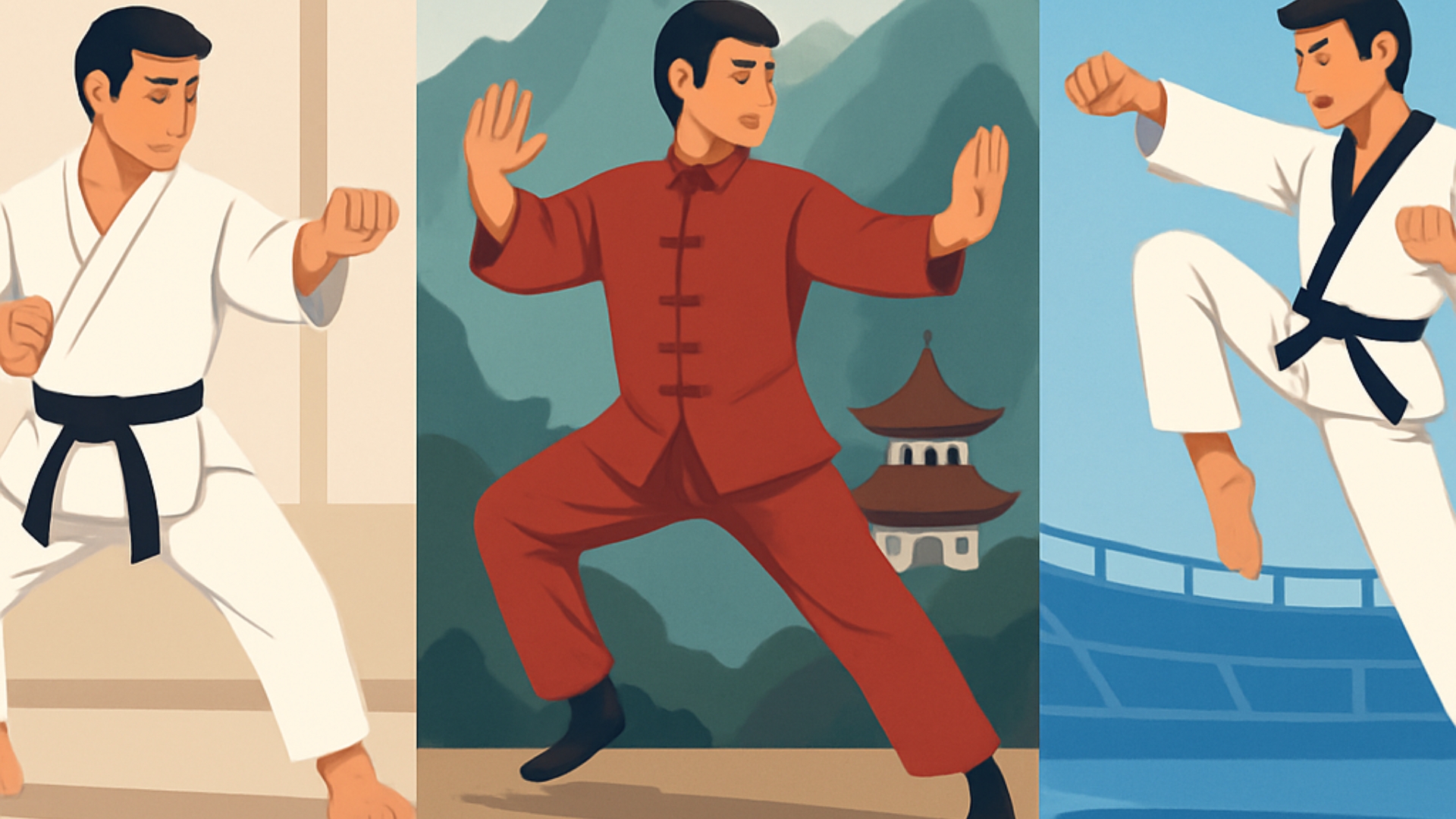Is Karate Chinese or Japanese? The Real Origin Explained: Karate began in Okinawa, Japan. It grew from the local “te” and the Chinese “quanfa.” Then it took shape as “tode,” later renamed “karate,” meaning “empty hand.” Today, we see it as a Japanese martial art with deep Okinawan roots and clear Chinese influence. In short, Japanese by development; multicultural by origin.
Historians trace exchange through the Ryukyu trade routes. Records show tribute missions to China and training in quanfa. Scholars credit masters like Sakukawa, Matsumura, Itosu, and Funakoshi with key steps. Studies note the school’s adoption in 1901 and the 1930s name change to “karate.” Most agree: Okinawan core, Chinese inputs, Japanese systematization.
Now, picture your own path. Learn the forms, then feel the story inside each move. Start with stance, breath, and timing. Then add meaning. Next session, try one kata with this lens. Spot the “hard” and the “soft.” See how the past meets the present in your hands. Begin today.
Is Karate Chinese or Japanese? The Quick Answer
First, let’s give a direct answer. Karate is a Japanese martial art. Its development happened on the island of Okinawa. This island was once the independent Ryukyu Kingdom. The local Okinawan fighting styles, called “te,” were the foundation. Chinese martial arts heavily influenced these styles. So, karate is Japanese. Its roots, however, run deep into Okinawan and Chinese history.
The Ryukyu Kingdom: A Cultural Crossroads
To understand karate, you must understand Okinawa. Okinawa is the largest of the Ryukyu Islands. For centuries, it was an independent kingdom. The Ryukyu Kingdom was a major trade hub. It connected Japan, China, and Southeast Asia. This unique position made it a melting pot of cultures.
The kingdom had a close relationship with China. It sent tribute missions to the Chinese imperial court. These missions were not just political. They were cultural exchanges. Ryukyuan scholars, officials, and merchants traveled to China. They learned about Chinese culture. This included philosophy, art, and martial arts. This exchange started around the 14th century. It shaped Ryukyuan society in many ways.
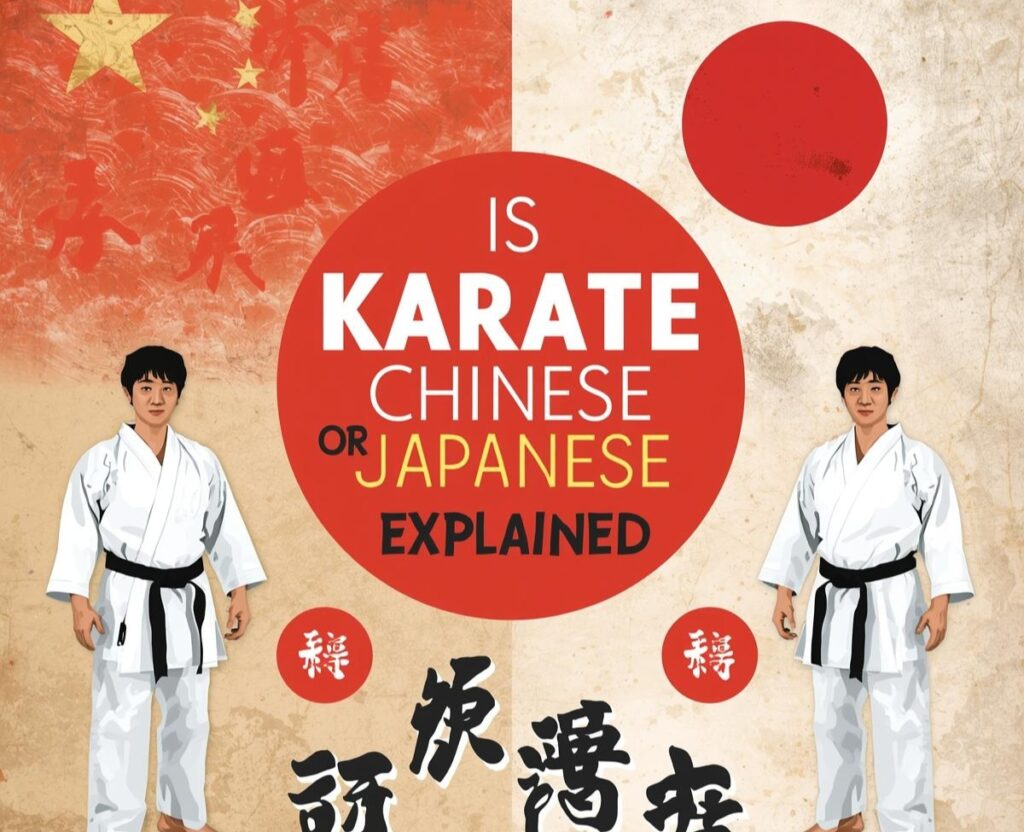
Chinese Martial Arts Arrive in Okinawa
The Chinese martial arts were called quanfa. This term means “fist methods.” Ryukyuan visitors to China saw quanfa. Some even studied it. They brought these new techniques back to Okinawa. The local Okinawan martial art was called “te.” This word simply means “hand.” It was an indigenous fighting system.
Over time, Chinese quanfa blended with Okinawan te. This fusion created something new. Okinawans adapted Chinese techniques to their own needs. This new, combined art was called “tode.” The characters for tode meant “Tang hand.” The Tang Dynasty was a famous period in Chinese history. “Tang hand” became a synonym for “Chinese hand.” This name showed the art’s strong Chinese influence.
Key Figures in Karate’s Development
Several masters were vital to karate’s evolution. Their work refined the art. They passed it down through generations. First, Sakukawa Kanga was an 18th-century master. He studied in China. He is credited with combining Chinese teachings with Okinawan te. So, he created a new system. Many consider him an early pioneer of tode.
Next, Matsumura Sokon was a student of Sakukawa. He served as a bodyguard for the Ryukyuan kings. He also traveled to China. And, he studied Chinese martial arts extensively. Matsumura synthesized these styles into his own method. His teachings became the foundation for many modern karate styles. He is often called the “grandfather” of karate.
Then, Itosu Anko was a student of Matsumura. He was a great innovator. He saw the educational value of tode. Also, he simplified the katas, or forms. This made them easier to teach in schools. In 1901, Itosu introduced tode into the Okinawan public school system. This act was revolutionary. It helped preserve the art. It also made it accessible to many more people.
Finally, Gichin Funakoshi was a student of Itosu Anko. He is perhaps the most famous name in karate history. Funakoshi is known as the “father of modern karate.” He was chosen to demonstrate the art in mainland Japan.
Karate’s Journey to Japan
The 20th century brought great change. In 1879, Japan formally annexed the Ryukyu Kingdom. Okinawa became a Japanese prefecture. This change connected Okinawa more closely with mainland Japan.
In 1922, the Japanese Ministry of Education held a martial arts demonstration in Tokyo. Gichin Funakoshi was selected to represent Okinawa. He demonstrated the art of tode. His demonstration was a huge success. The Japanese public was fascinated. Prominent figures, like Jigoro Kano, the founder of judo, were impressed. They encouraged Funakoshi to stay in Japan. He was asked to teach his art. Funakoshi agreed. He established his first dojo in Tokyo. This marked the official introduction of Okinawan martial arts to Japan.
Around the 1930s, a significant change occurred. Funakoshi and other masters changed the name of the art. They replaced the character for “Tang” or “Chinese” (唐) with the character for “empty” (空). Both characters can be pronounced as “kara.” The word for “hand” (手) stayed the same. It is pronounced “te.” The name changed from “Chinese hand” (唐手) to “empty hand” (空手).
This change was symbolic. It had two meanings. First, it reflected the art’s focus on unarmed combat. Second, it distanced the art from its Chinese origins. This helped it gain acceptance in a period of rising Japanese nationalism. From this point on, the art was known as karate.
The Major Styles of Karate
After its introduction to Japan, karate evolved. Different masters emphasized different principles. This led to the creation of several major styles.
Shotokan
Founded by Gichin Funakoshi. This style is known for its long, deep stances. It uses powerful, linear techniques. Shotokan is one of the most widely practiced styles in the world.
Goju-ryu
Founded by Chojun Miyagi. He was a student of Kanryo Higaonna, who studied in China. Goju-ryu means “hard-soft style.” It blends hard, linear attacks with soft, circular movements. It also emphasizes breathing techniques.
Shito-ryu
Founded by Kenwa Mabuni. He was a student of both Itosu Anko and Kanryo Higaonna. Shito-ryu combines the teachings of both masters. It has a very large number of katas.
Wado-ryu
Founded by Hironori Otsuka. He was a student of Gichin Funakoshi. He was also a master of Japanese jujutsu. Wado-ryu means “way of harmony.” It blends karate techniques with jujutsu principles like evasion and joint locks.
Common Myths Debunked
There are myths about karate’s history. One common myth is that karate was created by farmers. The story says they developed it to fight samurai rulers. This is largely untrue. The art was practiced by the Pechin class. They were Okinawan aristocrats and officials. Weapon bans did exist in Okinawa at various times. This likely encouraged the development of empty-hand fighting. The “farmer rebellion” story is mostly a romantic legend.
Practical Lessons for Students
Knowing karate’s history is important for students. It gives context to your training. You understand why you perform certain movements. You see the connection between katas and their origins. This knowledge adds depth to your practice. It transforms your training from a simple exercise into a cultural study. You are part of a long lineage. You carry on a tradition passed down by masters.
A Reflection on Emptiness
Ultimately, karate’s name change holds a profound lesson. The shift from “Chinese hand” to “empty hand” was more than political. Gichin Funakoshi was also a philosopher. He connected the idea of “empty” to the Buddhist concept of sunyata. This concept means emptiness or void. It does not mean nothingness. It means a state of pure potential. An empty mind is free from arrogance, fear, and anger. It is ready to react to anything. It is open to learning. The goal of karate is not just to perfect your technique. It is to empty your mind. This is the true meaning of karate-do, the “way of the empty hand.” The art’s journey from China through Okinawa to Japan is a physical one. The student’s journey toward an empty mind is a spiritual one.

